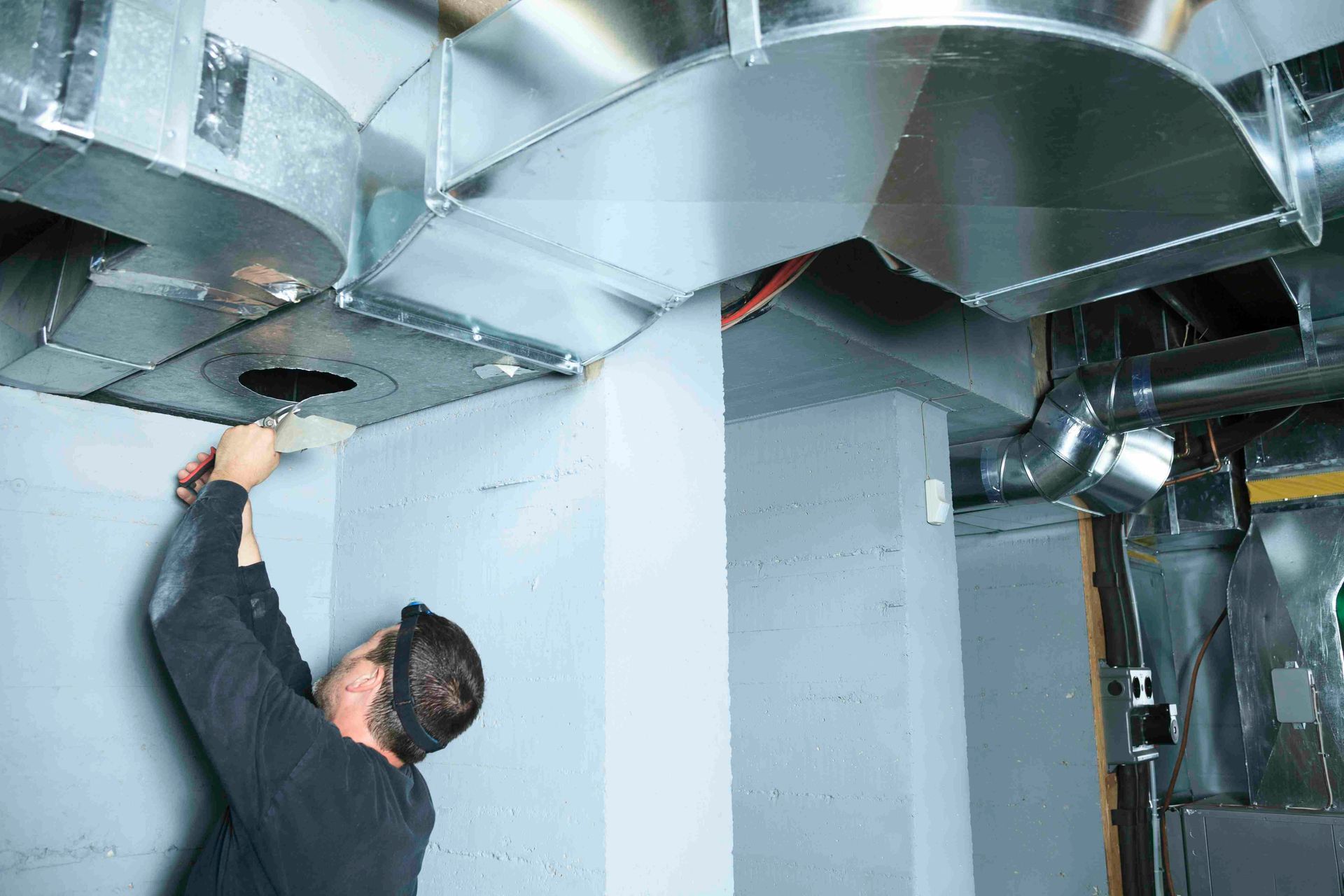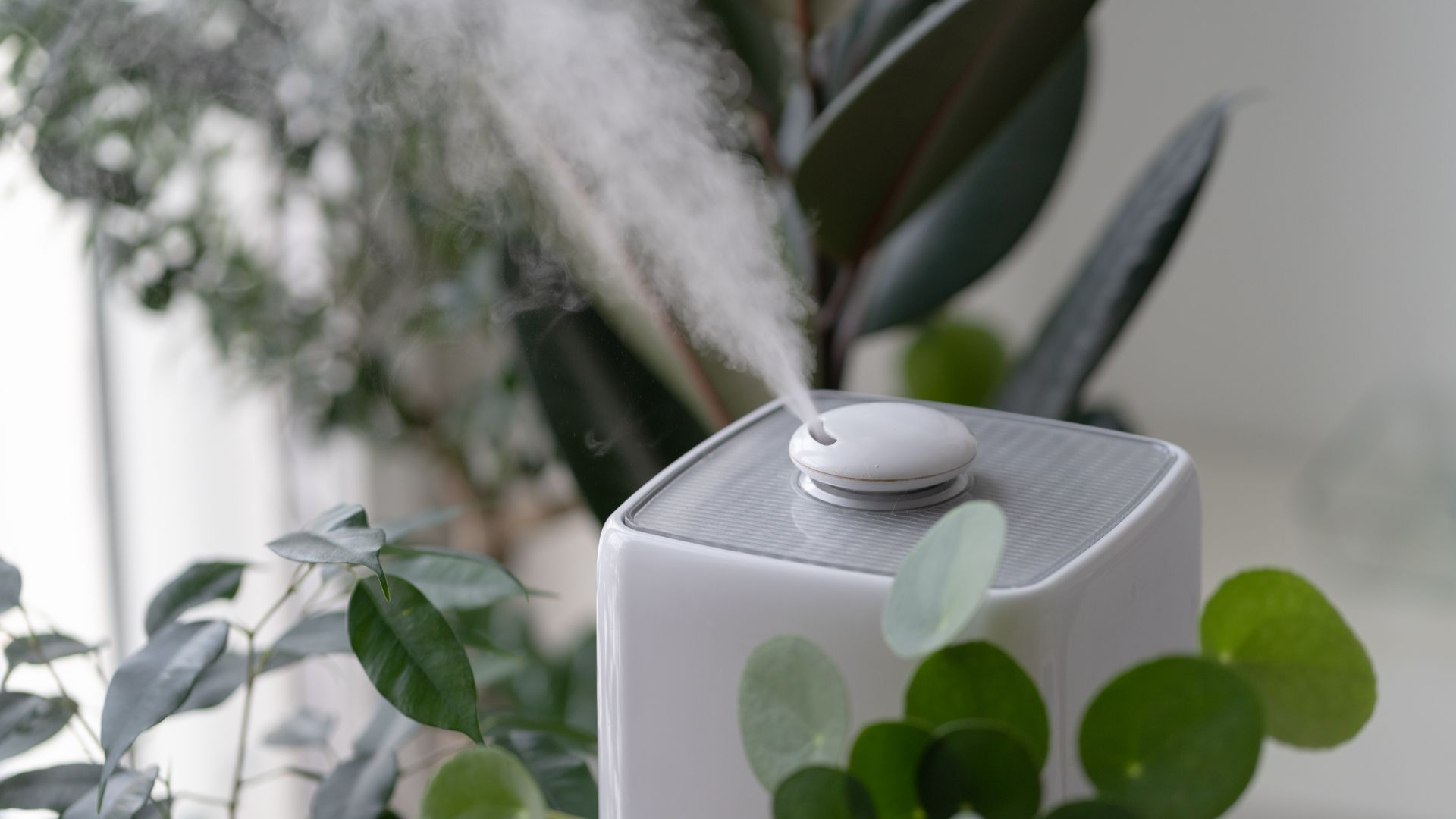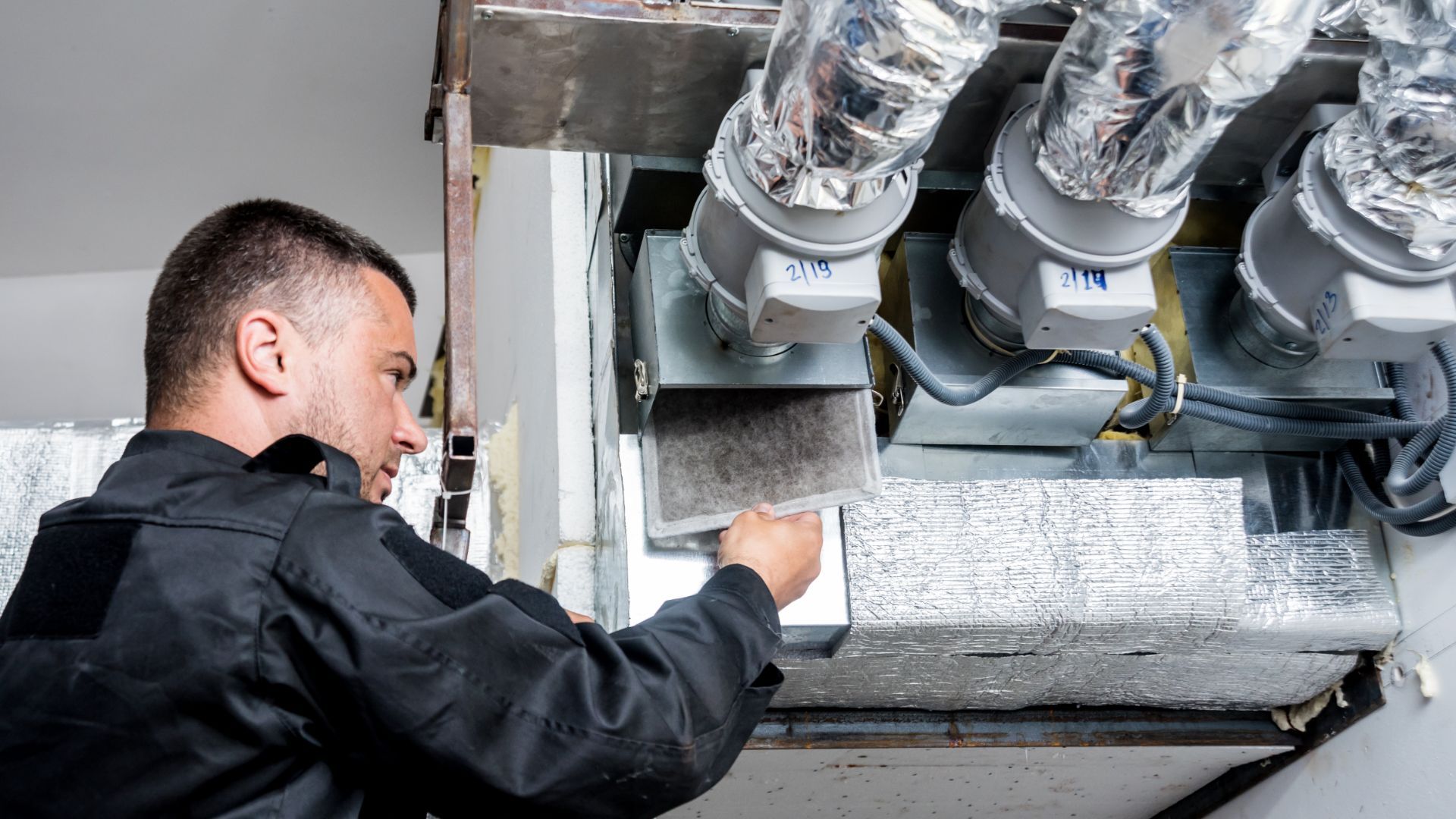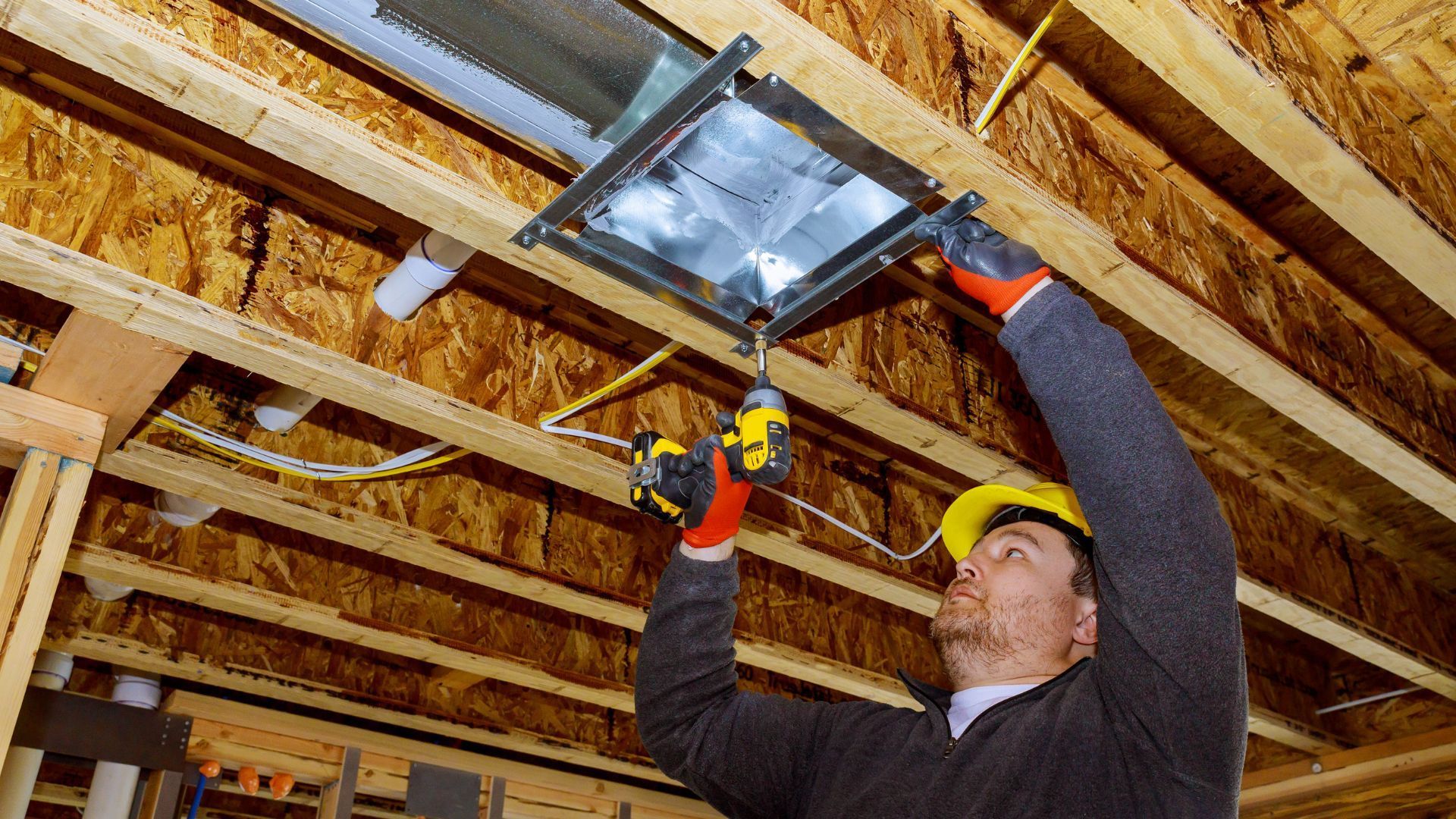The Science of Furnace Humidifiers: How They Work and Why You Need One

Do you ever experience dry air in your home during the colder months of the year? Dry air can cause a host of problems, including dry skin, sore throat, and even respiratory issues. Fortunately, furnace humidifiers can help alleviate these symptoms by adding moisture to the air in your home. But how do they work, and why do you need one?
In this article, we will explore the science behind furnace humidifiers and how they work. We will also discuss the benefits of having a furnace humidifier in your home, including improved health, comfort, protection of household items, and energy efficiency.
By understanding the science of furnace humidifiers and the benefits they provide, you can make an informed decision about whether a furnace humidifier is right for your home. So, if you're tired of dealing with dry air during the winter months, keep reading to learn more about the science of furnace humidifiers and why you need one.
How do Furnace Humidifiers Work?
Furnace humidifiers are devices that are installed onto a furnace or HVAC system to add moisture to the air in a home or building. These humidifiers work by adding water vapor to the air as it passes through the furnace or HVAC system, which then distributes the moist air throughout the space.
There are several types of furnace humidifiers, but the most common are bypass humidifiers, fan-powered humidifiers, and steam humidifiers.
Bypass humidifiers work by diverting a small portion of the heated air from the furnace into a water-filled tray, where a humidifier pad absorbs the water and adds moisture to the air. The now-humidified air is then circulated back into the furnace and distributed throughout the space.
Fan-powered humidifiers use a fan to draw heated air from the furnace or HVAC system over a water-filled pad, which evaporates the water and adds moisture to the air. The moist air is then distributed throughout the space using the HVAC system's ductwork.
Steam humidifiers work by boiling water and releasing the resulting steam into the HVAC system. The steam mixes with the heated air, adding moisture to it before it is distributed throughout the space.
Overall, furnace humidifiers are an effective way to add moisture to the air in a home or building during the dry winter months, providing comfort and helping to maintain optimal indoor air quality.
Why Do You Need A Furnace Humidifier?
Furnace humidifiers are devices that add moisture to the air in your home by connecting directly to your furnace or HVAC system. Here are some reasons why you might need a furnace humidifier:
Dry Air
In colder months, the air indoors tends to become drier due to heating systems, and low humidity levels can cause dry skin, chapped lips, and irritated nasal passages. Furnace humidifiers can help to increase the moisture levels in your home, making the air more comfortable to breathe.
- Health Benefits
Low humidity levels can increase the risk of respiratory problems, such as allergies, asthma, and infections. Furnace humidifiers can help to alleviate these symptoms and improve overall indoor air quality.
- Protect Furniture
Dry air can cause wooden furniture and floors to crack and split over time. Furnace humidifiers can help to maintain a healthy humidity level, which can prevent this from happening.
Energy Efficiency
Increasing the humidity levels in your home can make it feel warmer, allowing you to lower your thermostat and reduce energy costs.
Comfort
Dry air can also make your home feel colder than it actually is, leading to increased heating bills. By adding humidity to the air, you can improve the overall comfort level in your home and potentially save money on heating costs.
Overall, furnace humidifiers are beneficial for creating a comfortable and healthy indoor environment, protecting your home, and saving energy.
Are Furnace Humidifiers Difficult To Install
The difficulty of installing a furnace humidifier can depend on a few factors, such as the type of humidifier and the layout of your HVAC system.
In general, a furnace humidifier that is designed to be installed on the supply ductwork of your HVAC system can be more complex to install than a standalone humidifier that can be placed in a room.
However, some furnace humidifiers are designed to be installed directly onto your furnace, which can be easier to install.
How Often Do I Need To Refill My Furnace Humidifier?
The frequency with which you need to refill your furnace humidifier depends on several factors, including the size of your humidifier, the capacity of the water tank, and the relative humidity level in your home.
In general, you may need to refill your furnace humidifier every 1-3 days.
Do Furnace Humidifiers Require Maintenance?
Regular maintenance is crucial for the effective and efficient operation of furnace humidifiers. Here are some maintenance tasks you should perform on your furnace humidifier:
Replace the water panel or evaporator pad at least once a year to prevent mineral buildup, which reduces its effectiveness.- Clean the humidifier every six months using a solution of water and white vinegar or a humidifier cleaner to remove dust and debris that can cause clogs.
- Ensure the water supply to the humidifier is turned on and flowing properly.
Check the humidistat periodically to ensure it is working correctly and controlling the humidifier's operation.- Inspect the drain regularly to ensure it is flowing freely, preventing water buildup that can damage the humidifier and reduce its effectiveness.
By performing these simple maintenance tasks, you can help ensure that your furnace humidifier provides your home with the proper level of humidity during the heating season.
Conclusion
Furnace humidifiers are an excellent way to add moisture to the air in your home, promoting better overall health, comfort, and energy efficiency. By understanding how they work and the benefits they provide, you can make an informed decision about whether a furnace humidifier is right for your home.
So, if you're tired of dealing with dry air during the winter months, consider investing in a furnace humidifier and enjoy the benefits of a more comfortable and healthy home.
If you live in London, Ontario, and are looking to improve the air quality in your home, a furnace humidifier might be just what you need. Contact us today and get the best HVAC services.










